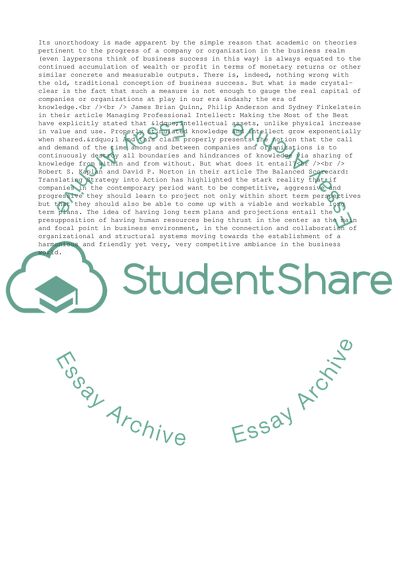Cite this document
(Enterprise Knowledge Management: Balanced Score Card Term Paper, n.d.)
Enterprise Knowledge Management: Balanced Score Card Term Paper. Retrieved from https://studentshare.org/management/1537376-enterprise-knowledge-management
Enterprise Knowledge Management: Balanced Score Card Term Paper. Retrieved from https://studentshare.org/management/1537376-enterprise-knowledge-management
(Enterprise Knowledge Management: Balanced Score Card Term Paper)
Enterprise Knowledge Management: Balanced Score Card Term Paper. https://studentshare.org/management/1537376-enterprise-knowledge-management.
Enterprise Knowledge Management: Balanced Score Card Term Paper. https://studentshare.org/management/1537376-enterprise-knowledge-management.
“Enterprise Knowledge Management: Balanced Score Card Term Paper”. https://studentshare.org/management/1537376-enterprise-knowledge-management.


